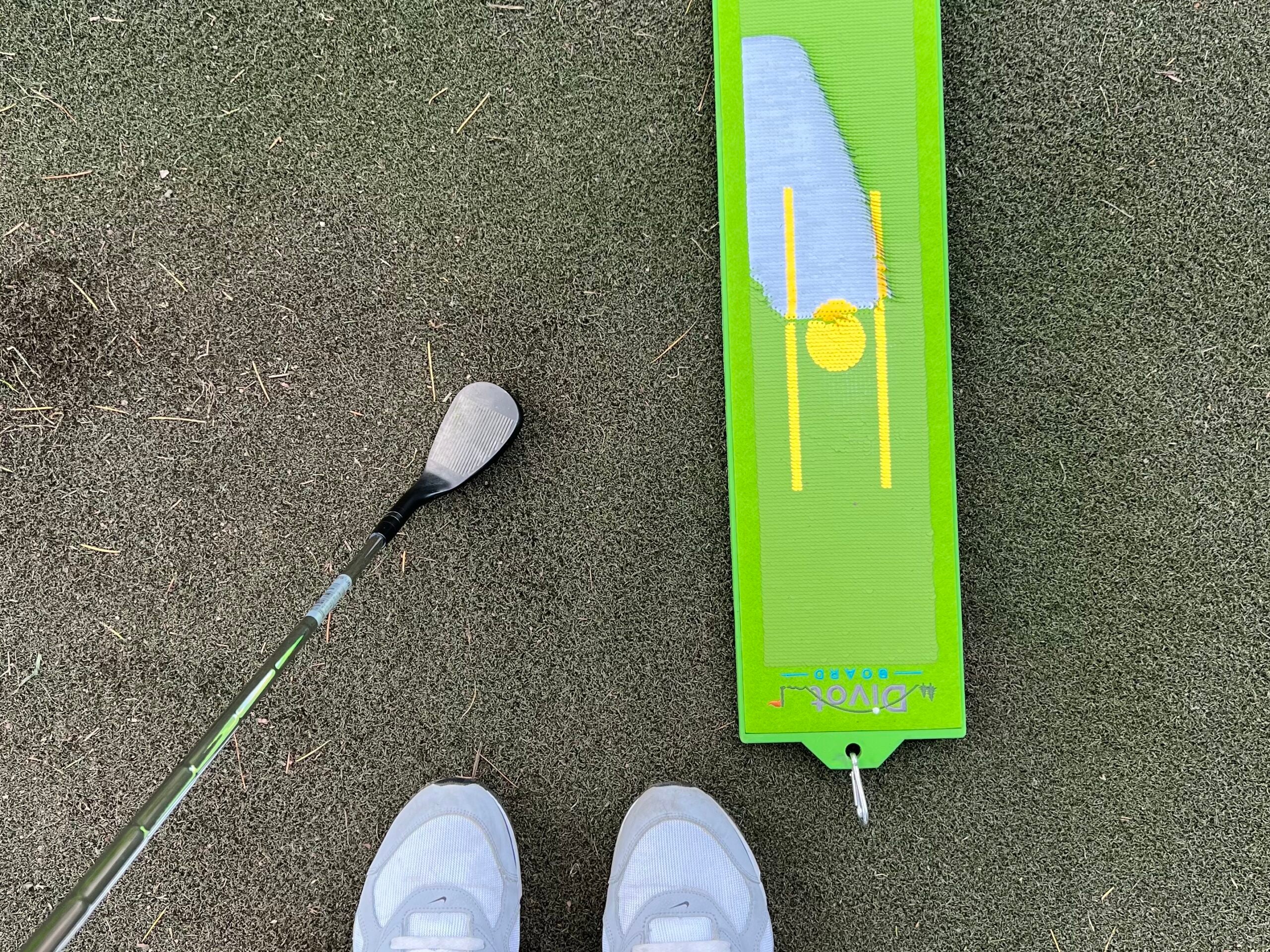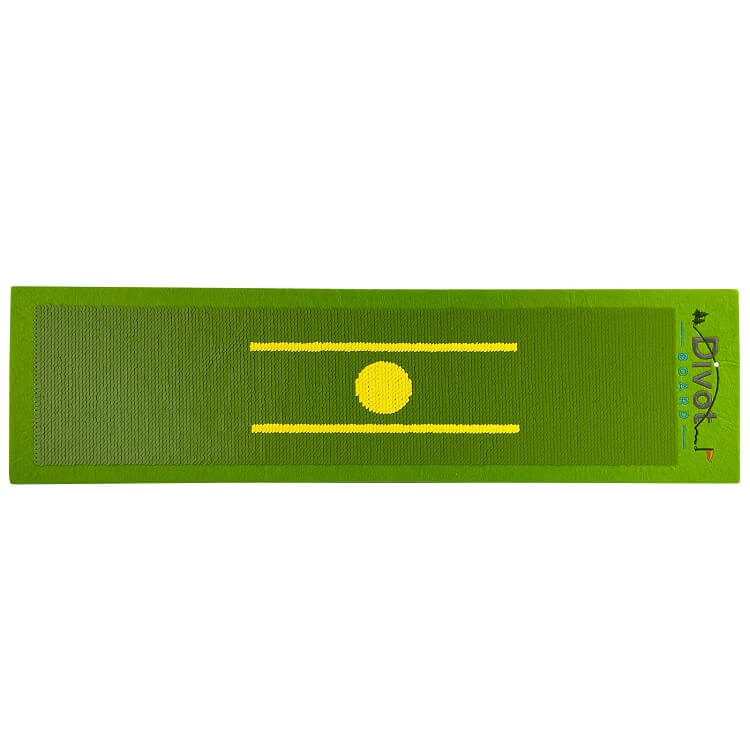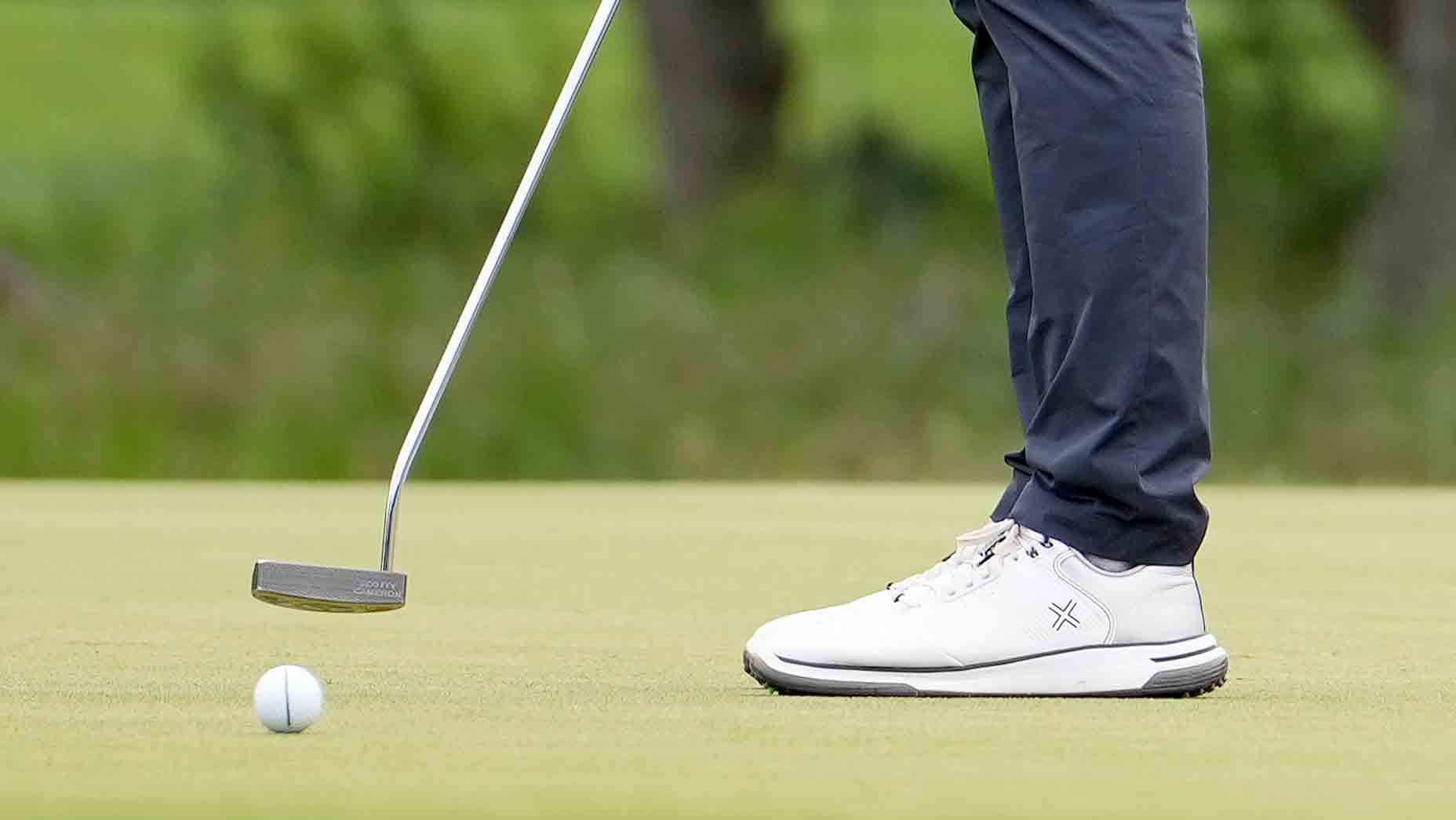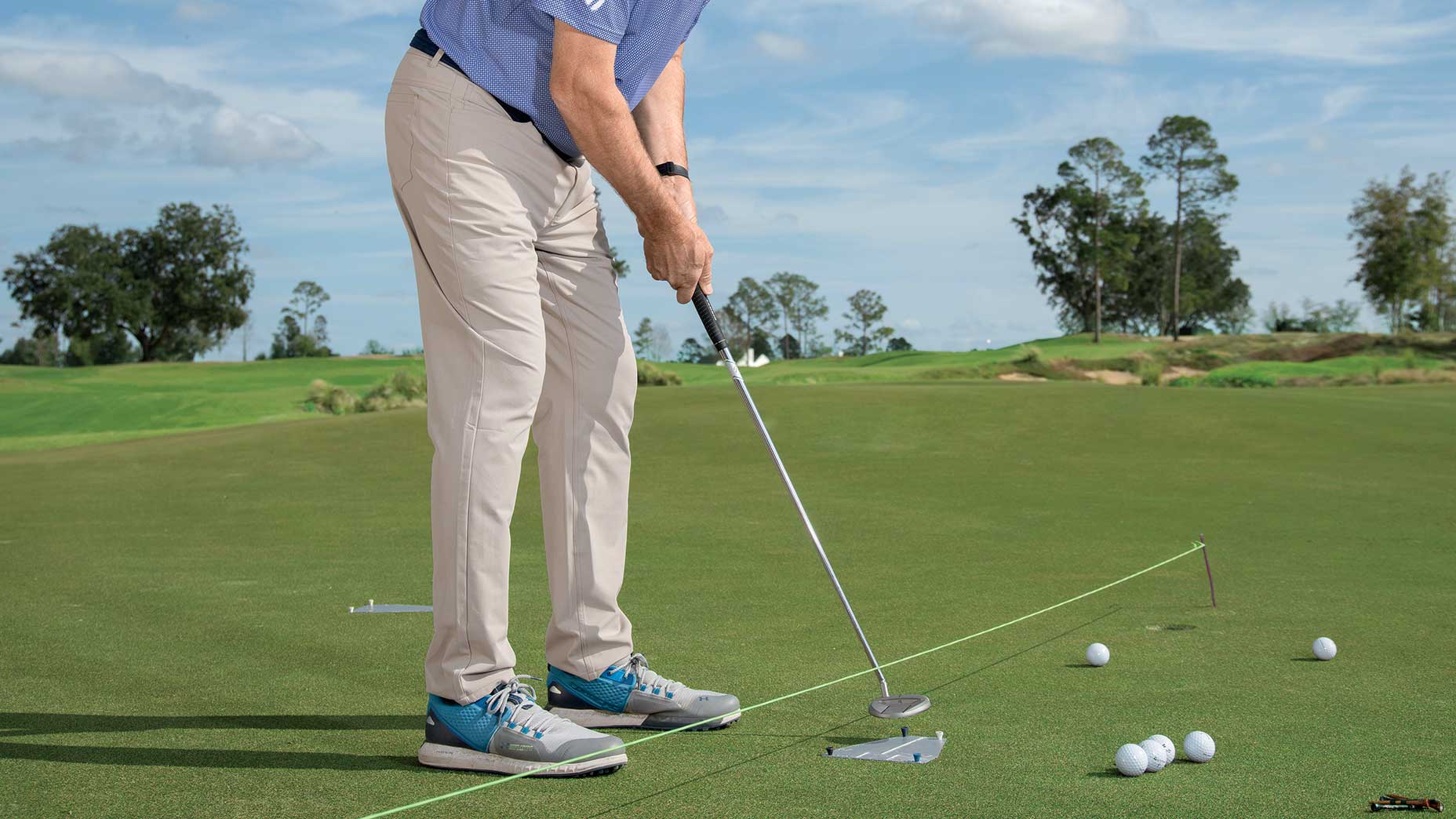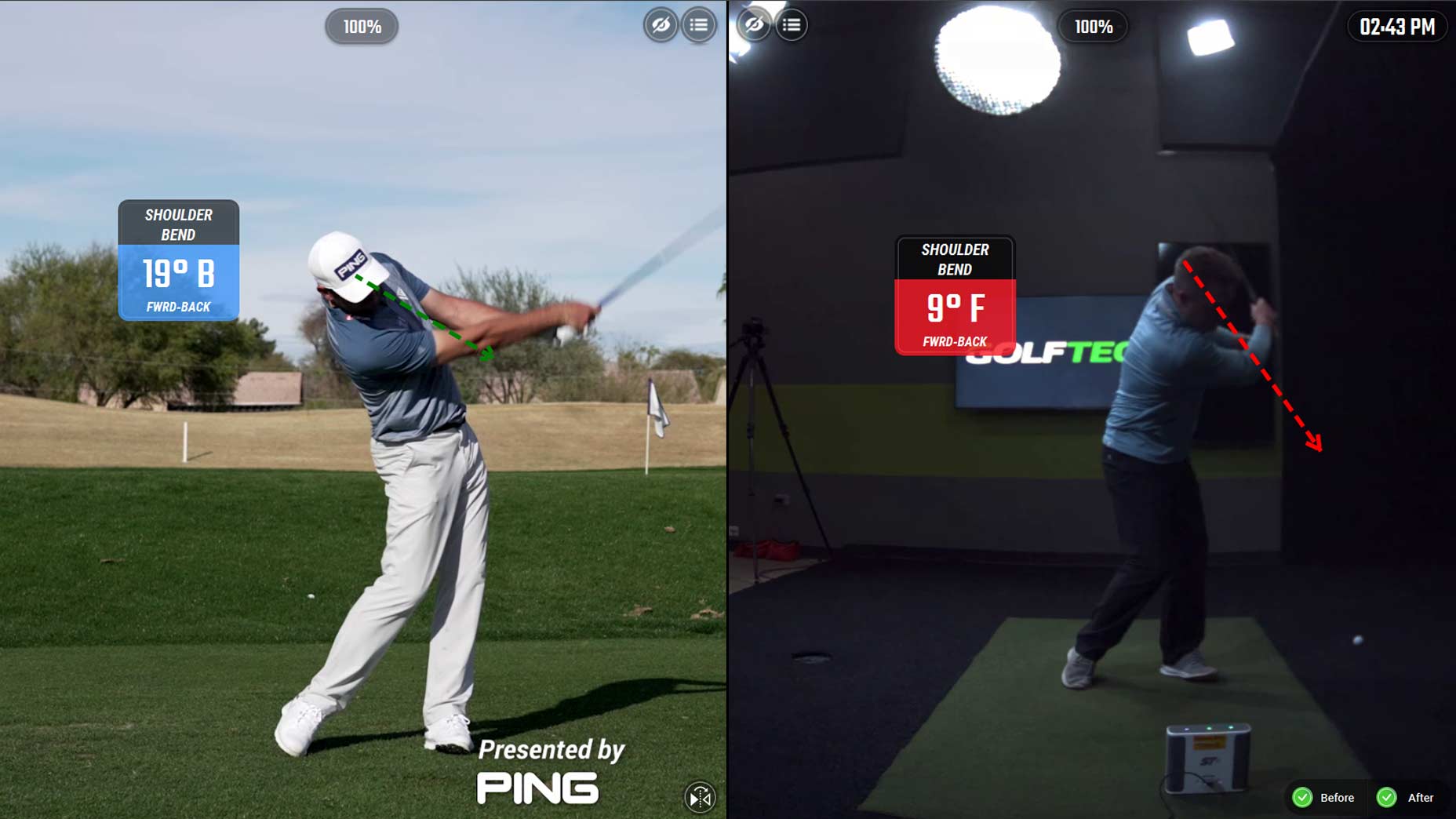It can be crippling when a player does everything right leading up to the putting surface, only to see it all go to waste by thinning or chunking a chip shot. Unfortunately, this is a common problem that many amateurs experience — and it can lead to a loss of confidence, while also adding unnecessary strokes to the scorecard.
To help avoid thinned or chunked chip shots, PGA Professional Jason Hong says something called the flamingo drill might be useful to try out.
Since so many bad shots in the short game come from poor weight distribution and bad rotation, Hong says this unique drill will give a player the proper balance, allowing them to get beneath the ball for a perfectly executed shot. Here’s how it works.

Cleveland Golf CBX Full-Face Wedge
How to use the flamingo drill to improve your chipping
As Hong shows in the video, the flamingo drill is simple and can be a little fun; despite it looking a little strange to other players on the practice green. But, hey, if it proves effective and can help your game, give it a go!
To practice the drill, simply setup over the ball as you normally would, bringing back your right foot by bending at the knee. This is where you’re “almost looking like a flamingo,” says Hong. The photo below shows how it should appear.
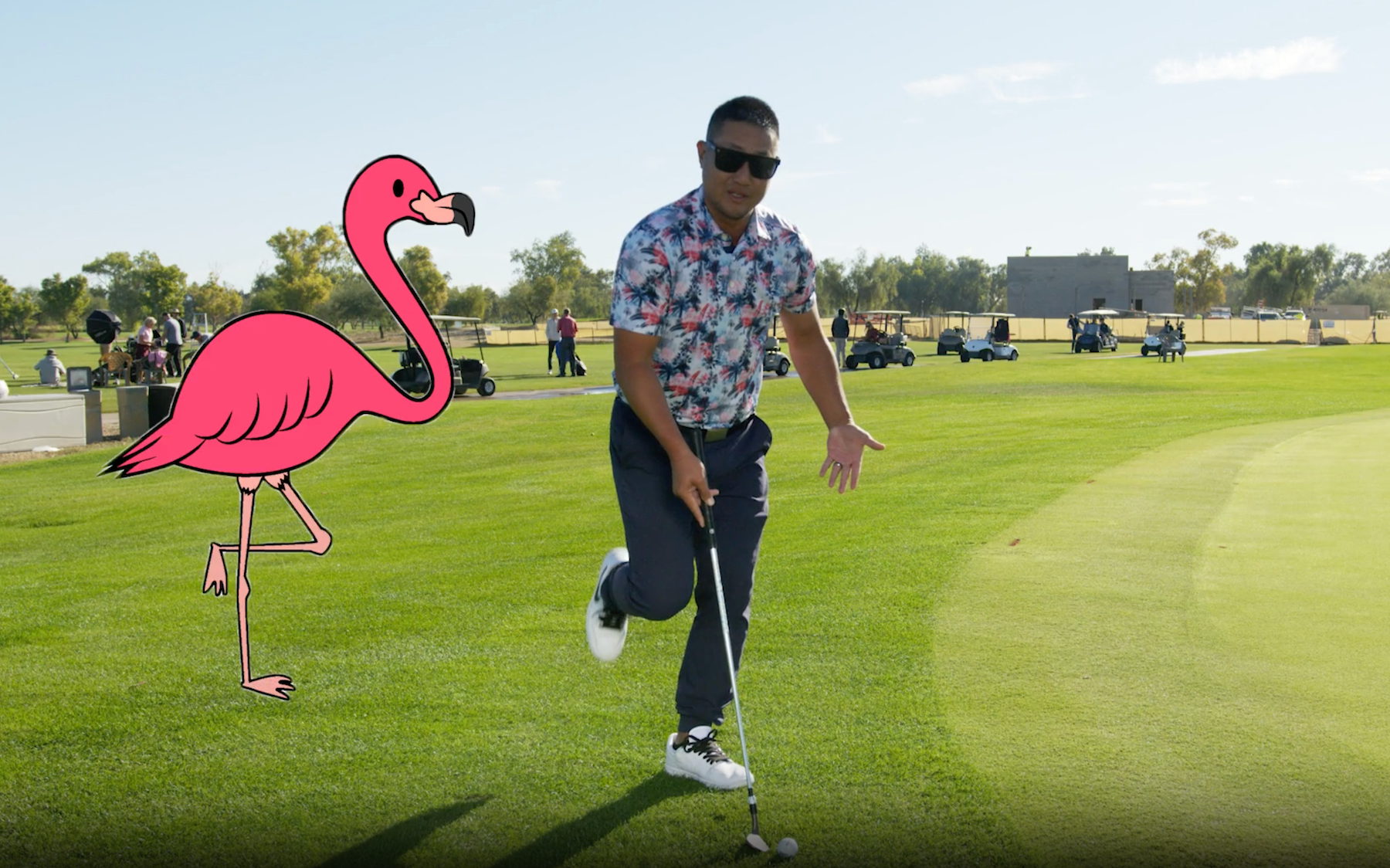
Now that you’ve got your balance and weight on your front foot, Hong says you should begin to take some practice swings. This will help give you the necessary feel while chipping around the green.
After practicing the flamingo drill, go ahead and put your other foot down, chipping as if you normally would around the green — but maintaining that same, forward weight distribution.
“Step over the ball, and make a nice little chip towards the hole. And try that a couple times,” Hong says. “With that same sensation, next time you’re playing, set your feet together — putting more weight on that front leg. Make a nice rehearsal, and see if you can replicate it.”

By following these steps and practicing this drill, you’ll learn how to stop chunking or blading your chips. This will help you put more shots closer to the hole — and fewer strokes on the scorecard.
